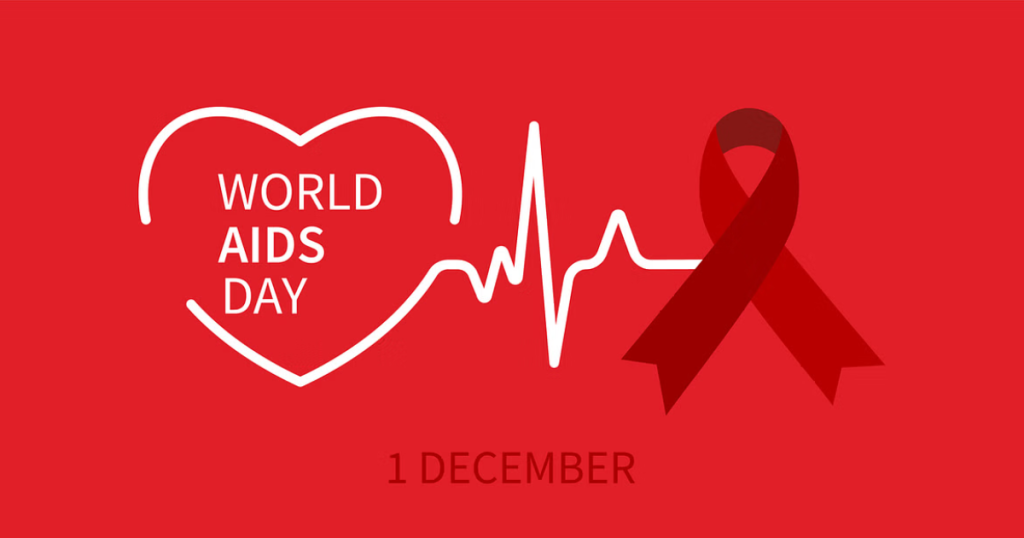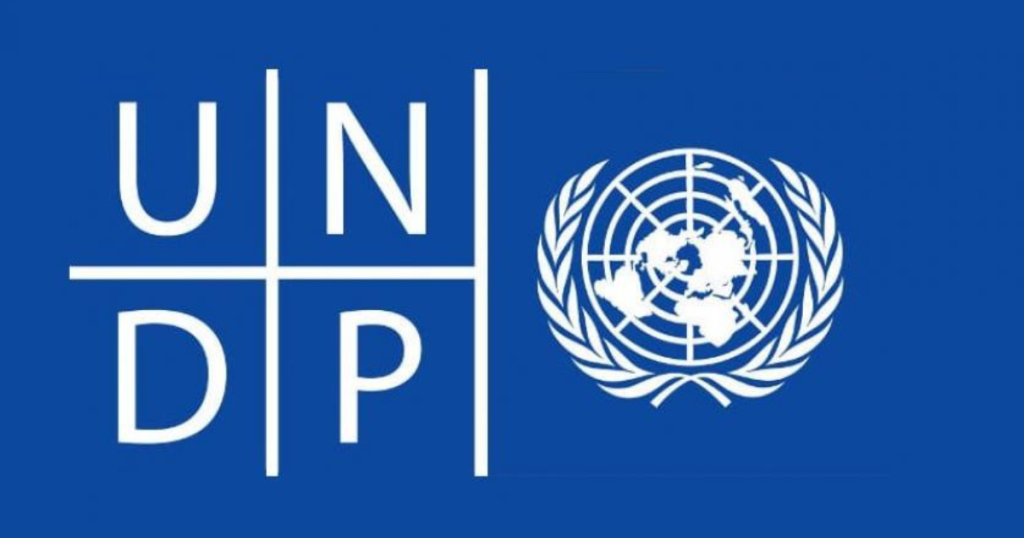The fight against HIV/AIDS will reach a turning point on December 1, 2023, which is World AIDS Day. The historical importance goes back to 1983 when activists wrote the Denver Principles statement to reject the idea that people with HIV are victims. This important event started the Greater Involvement of People with HIV (GIPA) principle, which shows how important it is for people with HIV to shape their reaction to AIDS.
RELATED INFORMATION World AIDS Day
Understanding AIDS

When someone has AIDS, they have a very bad case of HIV-infection Their immune system is badly damaged. Unfortunately, most people in the United States who have HIV have been able to avoid getting AIDS with the help of their doctors prescribing them medicine. AIDS is diagnosed when a person’s CD4 cell count falls below 200 cells/mm3 or when they show signs of one or more opportunistic illnesses, even if their CD4 count is still high. This shows how important it is to get tested for HIV and start treatment right away.
World AIDS Day’s Significance

Along with the red ribbon and raising awareness, World AIDS Day is very important for spreading correct information about how HIV is spread, its symptoms, and how to treat it. Even more importantly, it wants to fight the deeply rooted negative ideas about HIV/AIDS. Over 35 million people have died from AIDS, and antiretroviral treatments are still not widely available. This day acts as a reminder of the ongoing global problem.
The fight against AIDS isn’t just a medical one; it’s also about getting rid of the myths and shame that stop people from getting tested and getting treatment. Programmes like HIV/AIDS benefit programmes and self-testing for HIV are very important for making sure that people who are diagnosed get help and privacy. Wearing the red ribbon to show support is a small but important thing that everyone can do to help fight HIV/AIDS.
Progress and Challenges
While there have been significant strides in antiretroviral treatment, with global numbers increasing from 7.7 million in 2010 to 29.8 million in 2022, challenges persist. The stark reality is that every minute in 2022, AID claimed a life and 9.2 million people living with HIV lacked access to treatment. Despite progress, infection and mortality rates are not decreasing rapidly enough to meet the Sustainable Development Goal target of ending the AIDS epidemic by the end of this decade.
Community-Centric Approaches
Some countries, like Botswana and Zimbabwe, have put community-centred methods at the top of their lists of priorities, and they have seen great results. They have done more testing and treatment than the 95-95-95 goals set before the 2025 date. It is the goal that 95% of people who know they have HIV, 95% of those who know they have HIV get antiretroviral treatment, and 95% of those who are on treatment have their virus wiped out.
READ MORE ARTICLE The Science Behind ‘Super Melanin’ A New Era in Skincare Treatment
UNDP’s Role and Initiatives

The United Nations Development Programme (UNDP) helps communities by working with important groups like UNAIDS, the Global Fund, and the President’s Emergency Plan for AID Relief (PEPFAR). This support goes beyond medical help; it also includes giving LGBTQI+ groups legal help and emotional and social support, even in places like Sudan where keeping up with HIV treatment is hard because of the war.
It is clear that rules that make people with HIV and other vulnerable groups illegal hurt those groups. Decriminalisation efforts have come a long way around the world, but there are still problems, especially since some areas have passed laws that are against LGBTQI+ rights. The SCALE programme from UNDP aims to make progress on the 10-10-10 goals by getting rid of harsh laws that get in the way of effective HIV responses.
As a part of the UN, UNDP is still fully committed to giving people more power, especially those living with HIV and other important groups. The goal of getting rid of AID as a public health threat by 2030 depends on this promise. The approach is multifaceted, covering not only medical factors but also legal, social, and psychological ones.
Conclusion
In conclusion, there are many moving parts in the complex process of eliminating AID as a danger to world health by 2030. It necessitates coordinated action, international cooperation, and a dedication to human rights. The fight against HIV/AID requires a comprehensive strategy that targets societal stigmas, legal obstacles, and community empowerment. World AIDS Day serves as a reminder of this. The objective for the next ten years is clear a society in which AIDS is no longer a threat and people living with HIV receive the care, support, and respect they are entitled to.
